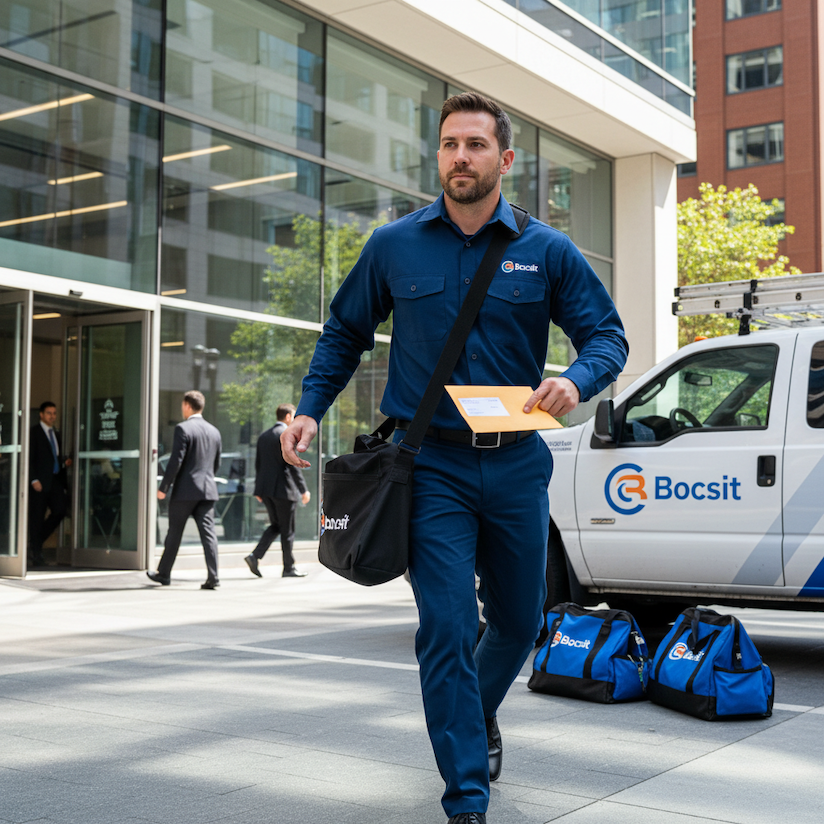Analyzing the Impact of Trade Agreements on Trucking Routes

Trade agreements play a pivotal role in shaping the global economic landscape, influencing not only the flow of goods across borders but also the logistical frameworks that support these movements. The trucking industry, an essential component of the supply chain, is significantly impacted by these agreements, which can alter trucking routes, affect freight volumes, and shift the focus of transportation networks. This blog post delves into the complexities of how trade agreements influence trucking routes and the broader implications for the industry.
- Opening New Corridors: The Expansion of Trucking Routes
Trade agreements often lead to the opening of new markets, creating a demand for direct transportation links between nations. These agreements can result in the establishment of new trucking routes or the expansion of existing ones to accommodate increased trade volumes. For trucking companies, this means growth opportunities but also challenges in adapting to new regulatory environments and logistics demands.
- Streamlining Cross-Border Trade
One of the primary benefits of trade agreements for the trucking industry is the streamlining of customs procedures and reduction of tariffs, facilitating smoother and faster cross-border transportation. This regulatory easing allows for quicker turnaround times, reducing costs for carriers and, ultimately, for consumers. However, it also requires trucking companies to stay abreast of treaty specifics and ensure compliance with international trade laws.
- Impact on Freight Volumes
Trade agreements can significantly impact freight volumes, with liberalized trade typically leading to an increase in the exchange of goods. For the trucking industry, this translates to a higher demand for transportation services, necessitating fleet expansion and operational scaling. Conversely, the termination or renegotiation of trade agreements may lead to decreased freight volumes, posing challenges for carriers that have invested in capacity for specific routes.
- Navigating Regulatory Changes
Trade agreements can introduce new regulatory standards, including environmental, safety, and labor requirements. Trucking companies operating across borders must navigate these changes, which can involve updating equipment, modifying operational practices, or investing in training for staff. Failure to comply with these regulations can result in fines, delays, and reputational damage.
- Technological Adaptations and Innovations
Adapting to the changing landscape brought about by trade agreements often requires technological innovation. Advanced logistics software, GPS tracking, and automated reporting systems become indispensable tools for managing complex international routes and ensuring compliance with cross-border trade regulations. These technologies enable carriers to optimize routes, track shipments in real time, and manage documentation electronically, enhancing efficiency and transparency.
- Strategic Alliances and Partnerships
The complexities of international trucking under new trade agreements often lead to strategic alliances and partnerships between carriers. By pooling resources and sharing local knowledge, trucking companies can more effectively navigate the challenges of expanded routes and regulatory compliance. These collaborations can also extend service offerings, providing a competitive edge in a globalized market.
Trade agreements have a profound impact on the trucking industry, influencing route planning, operational strategies, and the overall flow of goods across international borders. While these agreements open up new opportunities for growth and expansion, they also present challenges that require flexibility, strategic planning, and investment in technology. For the trucking industry to thrive in the evolving global trade environment, staying informed and adaptable is paramount. As trade landscapes shift, the industry's ability to respond and innovate will be critical to its success and resilience.


















